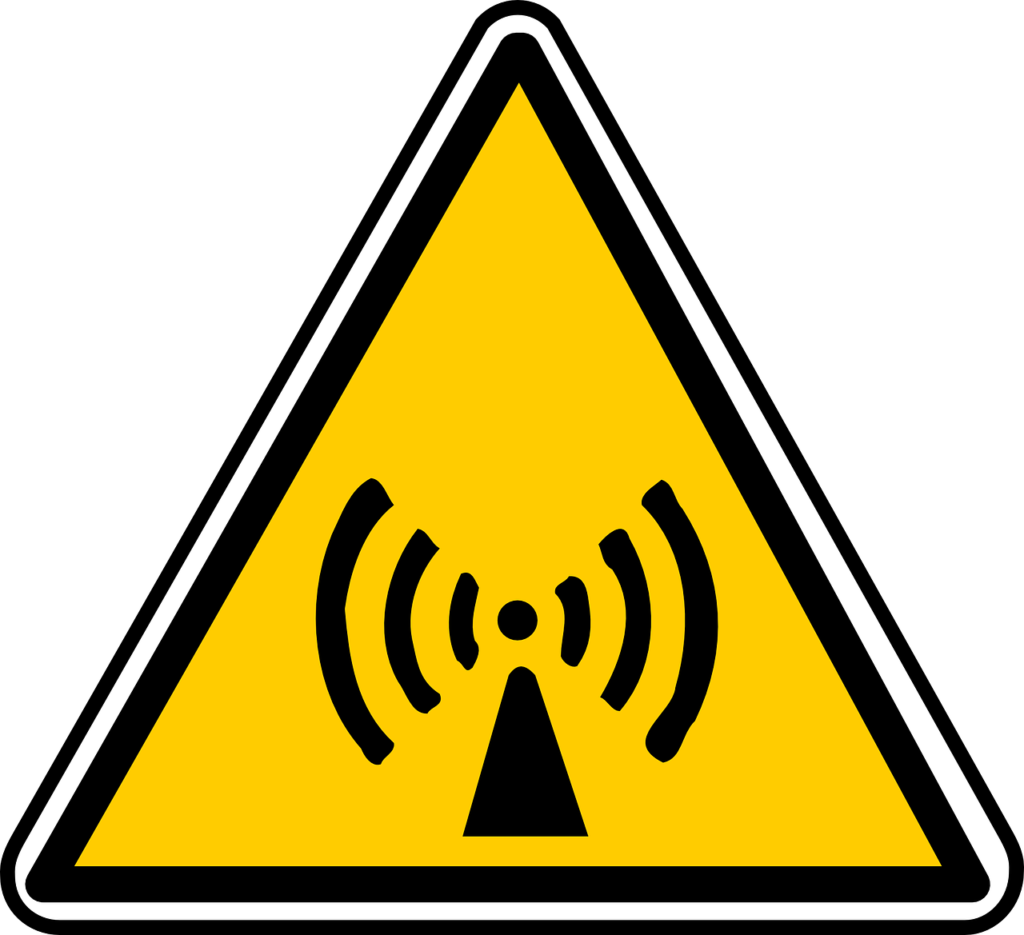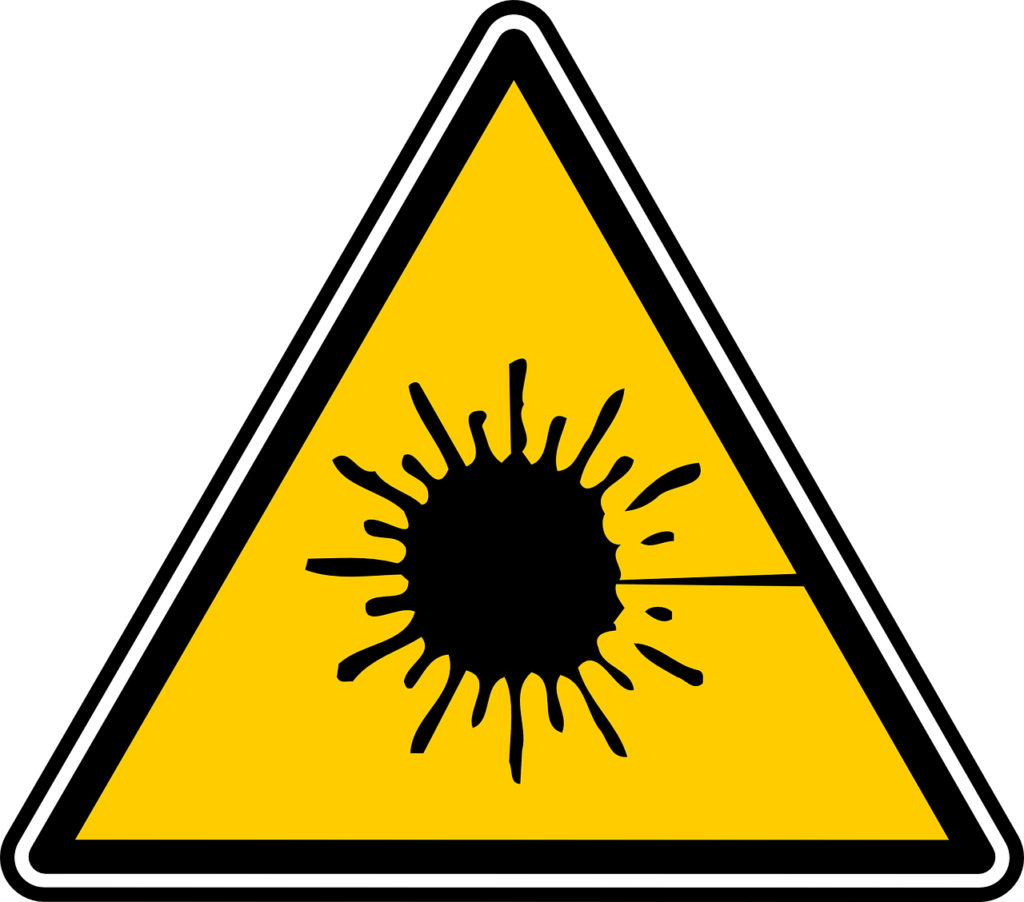
In the world of modern technology, smart appliances have become an integral part of our daily lives. From smart refrigerators to smart TVs, these devices have revolutionized the way we interact with our homes. However, amidst the convenience and efficiency they offer, a question arises: are there any concerns about the potential electromagnetic radiation emitted by these smart appliances? In this article, we will explore the topic to provide you with a clear understanding of the potential risks associated with electromagnetic radiation and how you can make informed decisions regarding your use of smart appliances.
What is electromagnetic radiation?
Electromagnetic radiation refers to the energy that is emitted in the form of waves or particles by charged particles. It includes a wide range of wavelengths and frequencies, known as the electromagnetic spectrum. This spectrum encompasses different types of radiation, each with its own characteristics and applications.
Electromagnetic spectrum
The electromagnetic spectrum is divided into various regions, each corresponding to a specific range of wavelengths or frequencies. These regions include radio waves, microwaves, infrared radiation, visible light, ultraviolet radiation, X-rays, and gamma rays. Each region has its own unique properties and is utilized in different ways in our daily lives.
Types of electromagnetic radiation
Within the electromagnetic spectrum, there are several types of radiation that are relevant to the discussion of smart appliances. These include radio waves, microwaves, and infrared radiation. Radio waves are used for communication purposes, while microwaves are often used in cooking appliances and wireless communication. Infrared radiation is commonly used in remote controls and home automation systems.
Understanding smart appliances
Definition of smart appliances
Smart appliances, also known as connected appliances or IoT (Internet of Things) devices, are household devices that are equipped with Internet connectivity and advanced computing capabilities. These appliances can be controlled remotely through a smartphone or other connected devices. They are designed to enhance convenience, energy efficiency, and functionality in our homes.
Common examples of smart appliances
Many everyday household appliances are now available in smart versions. Some common examples include smart thermostats, smart TVs, smart refrigerators, smart washing machines, and smart lighting systems. These devices can be controlled remotely, provide real-time feedback and data, and even learn and adapt to user preferences over time.
Benefits of smart appliances
Smart appliances come with a range of benefits that make them increasingly popular among consumers. These appliances offer increased convenience by allowing users to control and monitor them from anywhere, even when they are not at home. They also provide energy efficiency features, such as remote programming and advanced sensors, which help reduce energy consumption and save money. Moreover, smart appliances often come with additional functionalities, such as improved safety features, enhanced entertainment options, and the ability to integrate with other smart devices in a home automation system.

Electromagnetic radiation from smart appliances
Sources of electromagnetic radiation in smart appliances
Smart appliances, like any electronic device, emit electromagnetic radiation during their operation. The sources of this radiation can vary depending on the type of appliance and its functionality. For example, smart TVs emit radiation primarily through their display screens and wireless communication modules, while smart refrigerators emit radiation through their control systems, Wi-Fi connectivity, and possibly built-in cameras.
Frequency and intensity levels
The frequency and intensity levels of electromagnetic radiation from smart appliances vary depending on the specific device and its usage. Generally, the frequencies used by smart appliances fall within the radio wave and microwave regions of the electromagnetic spectrum. The intensity levels can also vary, but they are typically lower than those emitted by other sources such as cellphones or Wi-Fi routers.
Electromagnetic fields
Electromagnetic radiation from smart appliances creates electromagnetic fields (EMFs) in the surrounding environment. These EMFs consist of both electric and magnetic fields and are measured in units of volts per meter (V/m) and teslas (T) respectively. While the strength of EMFs emitted by smart appliances is generally low, it is essential to consider the distance and duration of exposure to these fields.
Health concerns related to electromagnetic radiation
Potential health effects
There have been concerns regarding the potential health effects of prolonged exposure to electromagnetic radiation emitted by smart appliances. Some individuals worry that these appliances could lead to adverse health outcomes, including increased risk of cancer, reproductive disorders, neurological problems, and other health issues.
Studies on electromagnetic radiation
Numerous studies have been conducted to evaluate the potential health effects of electromagnetic radiation, including those emitted by smart appliances. So far, the scientific consensus is that the low levels of radiation from smart appliances are unlikely to cause significant harm to most individuals. However, some studies have suggested a possible association between long-term exposure to higher intensities of electromagnetic radiation and certain health conditions. It is worth noting that research in this area is still ongoing, and the results of various studies can sometimes be inconclusive or contradictory.
Regulatory standards for electromagnetic radiation
To address concerns related to electromagnetic radiation, various regulatory standards and guidelines have been established by government bodies and international organizations. These standards aim to set limits on exposure levels and ensure that the electromagnetic radiation emitted by smart appliances and other electronic devices remains within safe levels. Manufacturers are required to comply with these standards and conduct testing to ensure their products meet the established criteria.

Specific concerns about smart appliances
Proximity to the body
One specific concern about smart appliances is the proximity to the human body. Certain devices, such as smartwatches or smart heating pads, are worn directly on the body and may emit radiation in close proximity to sensitive areas. This close contact raises questions about potential health risks and calls for careful consideration of the intensity and duration of exposure.
Continuous exposure
Another concern related to smart appliances is the potential for continuous exposure to electromagnetic radiation. Unlike traditional appliances that are only active when in use, smart appliances are often connected to the internet or other devices, which means they may emit radiation even when not directly in use. This continuous exposure raises questions about long-term effects and the cumulative impact of prolonged exposure to low levels of radiation.
Cumulative effects
Cumulative effects are another consideration when assessing the potential health risks associated with smart appliances. While the radiation emitted by each device may be low, the cumulative exposure from multiple devices in a household or shared environment can add up over time. Understanding the potential synergistic effects of multiple sources of radiation is an important aspect of evaluating the overall impact on human health.
Research on smart appliances
Current research findings
Current research on smart appliances and electromagnetic radiation suggests that the levels emitted by these devices are generally within the safe range for most individuals. However, some studies have called for further investigation into the potential non-thermal effects of long-term exposure to low-intensity radiation. Ongoing research seeks to clarify the scientific understanding and provide more conclusive evidence regarding the potential health risks associated with smart appliances.
Ongoing studies
To address the remaining uncertainties and potential concerns, ongoing studies are being conducted to explore the long-term effects of electromagnetic radiation from smart appliances. These studies examine a range of factors, including the specific frequencies and intensities emitted, the duration of exposure, and the potential cumulative effects when multiple smart appliances are present in a household.
Areas for further investigation
While current research provides valuable insights into the health effects of electromagnetic radiation from smart appliances, there are still areas that require further investigation. These include the impact on vulnerable populations such as pregnant women, infants, and individuals with pre-existing health conditions. Additionally, more research is needed to understand the potential effects on reproductive health, neurological function, and long-term carcinogenic risks.

Mitigating concerns about electromagnetic radiation
Tips for minimizing exposure
To minimize exposure to electromagnetic radiation from smart appliances, there are several steps you can take. Firstly, ensure that you maintain a safe distance from the appliances whenever possible. Secondly, limit the number of devices you use and the time spent in close proximity to them. Lastly, consider using shielding or protective measures, such as using wired instead of wireless connections or utilizing distance barriers between yourself and the devices.
Alternative options for sensitive individuals
For individuals who are particularly sensitive to electromagnetic radiation or have specific health concerns, there are alternative options available. These may include non-connected or traditional appliances, which emit lower levels of radiation, or devices equipped with additional shielding or reduced radiation features. Consultation with healthcare professionals knowledgeable in this area can provide guidance on the best options for your specific needs.
Importance of product safety certifications
When purchasing smart appliances, it is crucial to look for products that have undergone safety testing and carry appropriate certifications. These certifications ensure that the appliances meet established standards for electromagnetic radiation emission levels and comply with regulatory guidelines. Look for certifications such as the FCC (Federal Communications Commission) label in the United States or similar certifications in your country of residence.
Consumer awareness and education
Information sharing and transparency
Consumer awareness and education play a significant role in addressing concerns about electromagnetic radiation and smart appliances. It is essential for manufacturers and regulatory bodies to provide clear and transparent information regarding the radiation levels emitted by smart appliances and their potential health effects. This information should be easily accessible to consumers and should empower them to make informed decisions when purchasing and using these devices.
Educational campaigns
Educational campaigns can also help raise awareness among the general public and provide accurate information on the potential risks and benefits of smart appliances. These campaigns can include online resources, consumer guides, and public events aimed at promoting responsible use and providing tips for reducing exposure.
Addressing consumer concerns
Additionally, manufacturers should actively listen to and address consumer concerns regarding electromagnetic radiation from smart appliances. This can involve responding to inquiries, providing additional information, or offering alternative options for individuals who are more sensitive or apprehensive about the potential risks. Open communication and transparency will foster trust and confidence in the industry.
Industry regulations and standards
Government regulations
Government bodies around the world play a crucial role in regulating the electromagnetic radiation emitted by smart appliances. They set and enforce limits to ensure that the radiation levels are within safe ranges and do not pose significant health risks to the general population. These regulations provide a framework that manufacturers must follow to ensure compliance and safety.
Standardization organizations
Standardization organizations, such as the International Electrotechnical Commission (IEC) and the Institute of Electrical and Electronics Engineers (IEEE), also contribute to industry regulations and standards. These organizations develop guidelines and protocols for testing and measuring electromagnetic radiation levels, ensuring consistency and comparability across different devices and manufacturers.
Compliance and testing procedures
To ensure compliance with regulations and standards, manufacturers are required to perform rigorous testing to evaluate and measure the electromagnetic radiation emitted by their smart appliances. These tests are conducted under controlled conditions and follow specific protocols to ensure accurate and reliable results. Compliance with these testing procedures is essential for product safety and regulatory approval.
Conclusion
In conclusion, concerns about electromagnetic radiation from smart appliances warrant attention and consideration. While current research suggests that the radiation emitted by these devices is generally within safe levels, further studies are needed to understand the potential long-term effects, especially with regards to cumulative exposure and the impact on vulnerable populations. Mitigating concerns requires a balanced approach, including minimizing exposure, alternative options for sensitive individuals, and ensuring adherence to product safety certifications. Consumer awareness and education, industry regulations, and continued monitoring and research all contribute to addressing concerns and ensuring the safe use of smart appliances in our daily lives.





